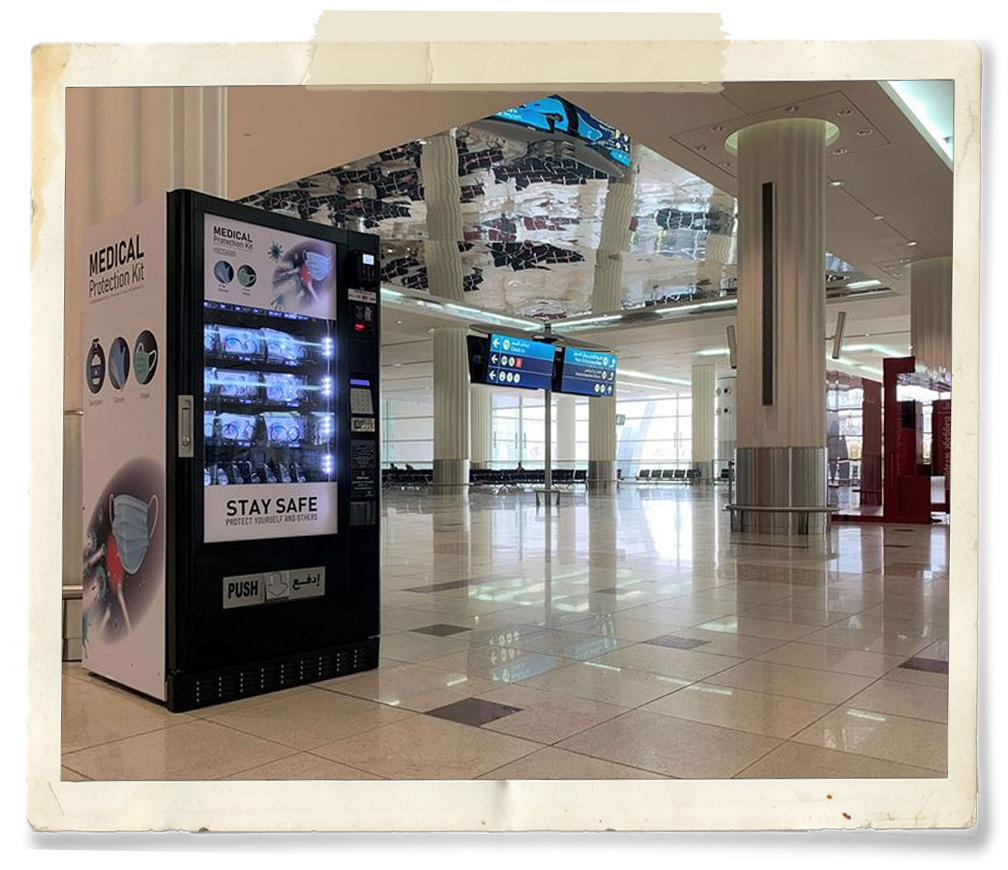Flights grounded, tourism grinds
to a halt
Planes parked like cars in a parking lot makes for a pretty sight, but it means the airline industry is bleeding.
It became a common sight around the world as travel and tourism reeled from the effects of the global pandemic

Reuters
Delta Air Lines planes are parked at Birmingham-Shuttlesworth international Airport in Alabama, US, due to the coronavirus pandemic, in May 2020.
Empty streets, shuttered stores, and a life behind closed doors. Such images are not alien in my part of the world: the south Indian state of Kerala. Politics and general strikes usually meant you could have a complete shutdown every other month. Or even every month.
Streets bereft of life wasn’t what struck me most about the pandemic – it was pictures of Dubai International without people that brought me the full impact of the pandemic.
The airport is the artery on which this economy throbs, and then, all of a sudden, to have all flights and travel brought to a halt was as good as cutting off the economy’s lifeblood.

Supplied
A vending machine sporting the “Stay Safe” advisory sticker at the empty Dubai International in
That, too, at some of the peak seasons for travelling. And it hurt the tourism industry very badly. The subsequent trauma is deep. Airlines have been cutting costs drastically, and that’s taken a heavy toll on their workforces.
Will the pain end? Or will it mean operating with vastly reduced workforces, for the near and even distant future?
The hotel industry, meanwhile, is still picking up the pieces, pivoting towards residents to fill up the rooms. “Staycations” is a word that is doing the rounds and it gets repeated. The hotel industry managed to pull it off, convincing enough residents to take a break at the many destinations in the UAE.
The recovery
Airlines resumed services through air “corridors” and air “bubbles” before operating regular flights on major routes. July 7, 2020 will be an important date in Dubai’s history – the day when it reopened for visitors. And the day when Dubai International again looked the part of being the central artery feeding the Dubai economy.Soon we started to see new green shoots for the UAE’s travel and tourism industry. And then the new coronavirus strain surfaced in Britain. How will it impact the industry? How long will the flight restrictions imposed by some countries continue? There are no definite answers. But there’s room enough for optimism.